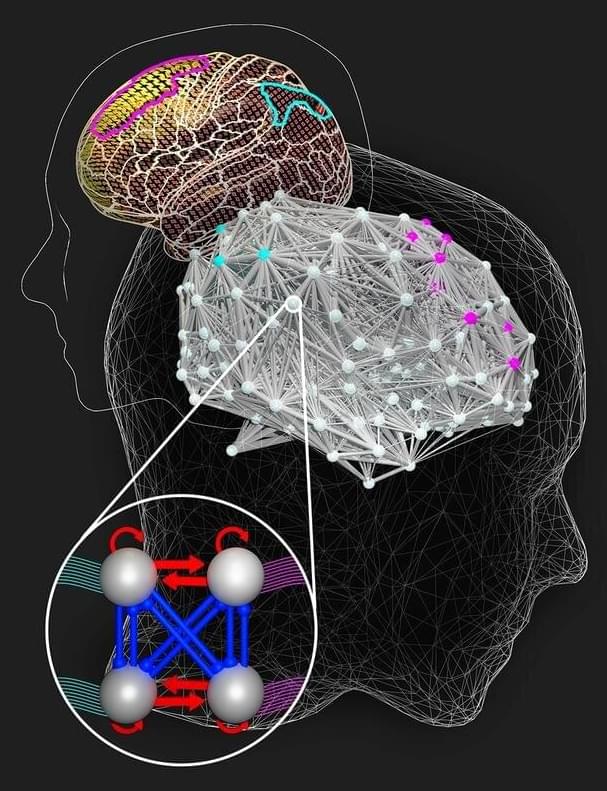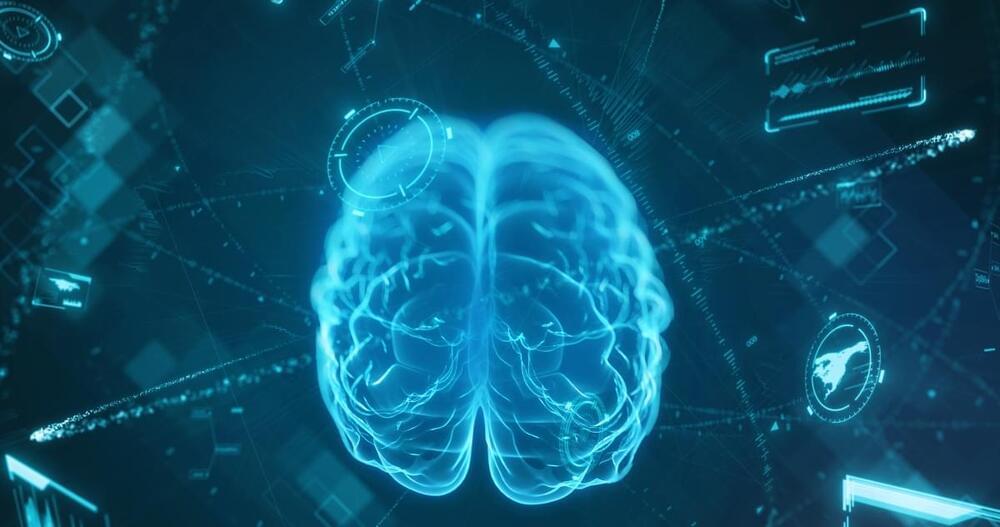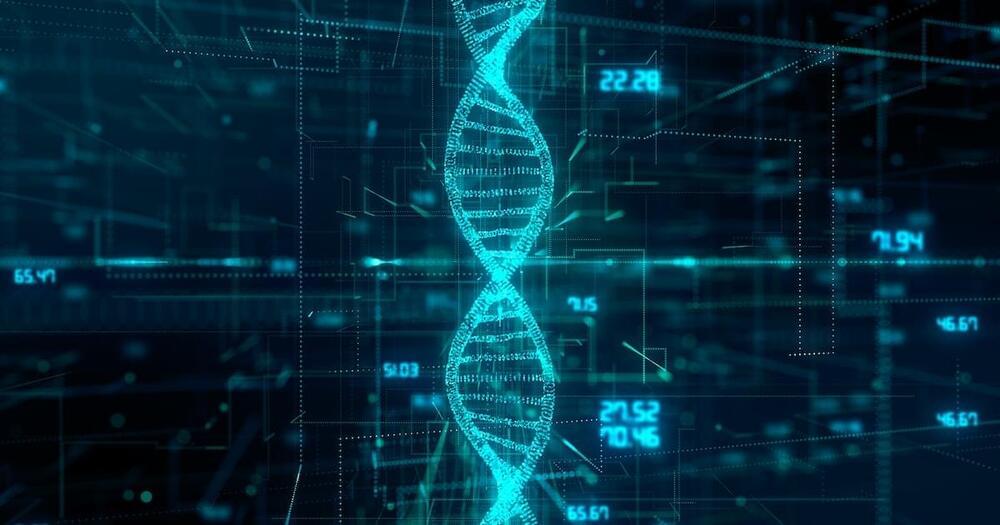Do intelligent people think faster? Researchers at the BIH and Charité—Universitätsmedizin Berlin, together with a colleague from Barcelona, made the surprising finding that participants with higher intelligence scores were only quicker when tackling simple tasks, while they took longer to solve difficult problems than subjects with lower IQ scores.
In personalized brain simulations of the 650 participants, the researchers could determine that brains with reduced synchrony between brain areas literally “jump to conclusions” when making decisions, rather than waiting until upstream brain regions could complete the processing steps needed to solve the problem.
In fact, the brain models for higher score participants also needed more time to solve challenging tasks but made fewer errors. The scientists have now published their findings in the journal Nature Communications.









